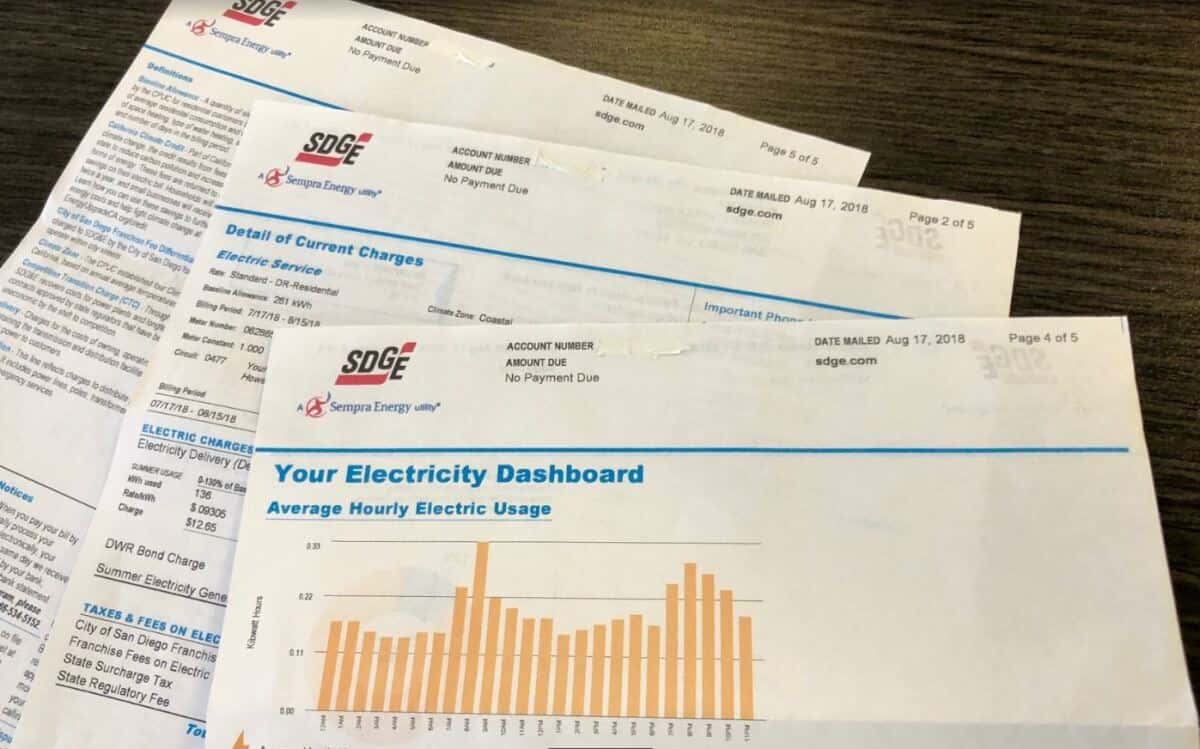Governor Newsom approved Assembly Bill (AB) 205 on June 30, 2022, tasking the California Public Utilities Commission (CPUC) with implementing the new electricity rates structure by July 1, 2024.

California residents can expect changes in their electricity rates as new legislation aims to shift the payment structure from a standard across-the-board system to one based on household income
The Utility Reform Network (TURN), a consumer advocacy organization, submitted a proposal that could benefit middle and lower-income families, particularly those in low-income areas such as Tulare and Fresno counties. TURN’s proposal suggests fixed monthly electricity rates charges of $5 for California Alternative Rates for Energy (CARE) customers, $30 for middle-income customers, and $60 for high-income customers.
Investor-owned utilities (IOU) in California, including Southern California Edison (SCE), Pacific Gas and Electric (PGE), and San Diego Gas & Electric (SDGE), have also submitted a joint proposal. Their plan involves a fixed monthly rate based on household income, with different electricity rates for various income brackets. For example, SCE and PGE customers earning $28,000 or less would pay a fixed electricity rate of $15 per month, while SDGE customers would pay $24 per month.
The fixed electricity rates proposed by TURN and IOUs are not the final monthly payment amounts, they will be combined with kilowatt usage electricity rates
The new electricity rates system aims to reduce kilowatt usage rates, which are currently among the highest in the country, and address the issue of aging and dangerous power lines in California. Utility companies like PGE have faced scrutiny due to their involvement in wildfires and subsequent proposals for rate increases.
However, some concerns have been raised about the impact of the new electricity rates formula. Higher-income households with rooftop solar systems may face significantly higher utility bills, potentially offsetting the savings they previously enjoyed. Additionally, there are questions about whether lower-income households will bear a disproportionate burden of higher electricity rates, despite the intention of the legislation.
The CPUC is currently reviewing the proposals and has not yet determined to fail safes or identified the primary beneficiaries of the proposed electricity rate changes. The future of electricity rates in California remains uncertain, with ongoing discussions and evaluations expected before final decisions are made.
READ ALSO: Congress Fails Hungry Students: Bill For Free School Meals Stalled, Leaving Millions In Uncertainty




